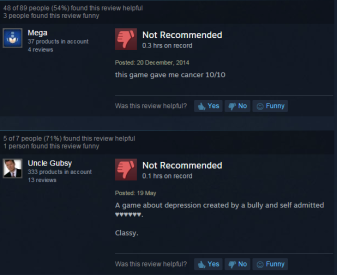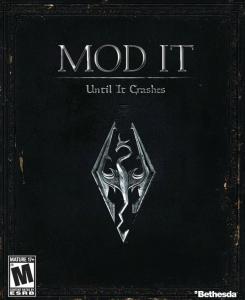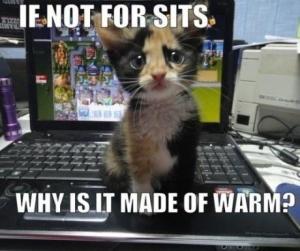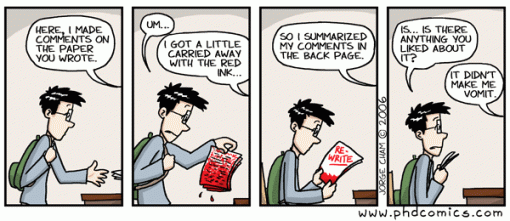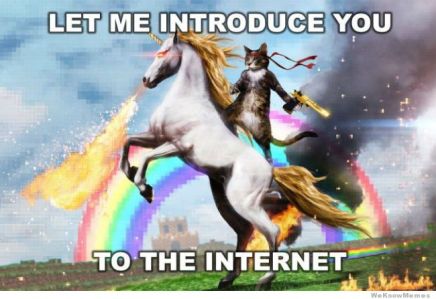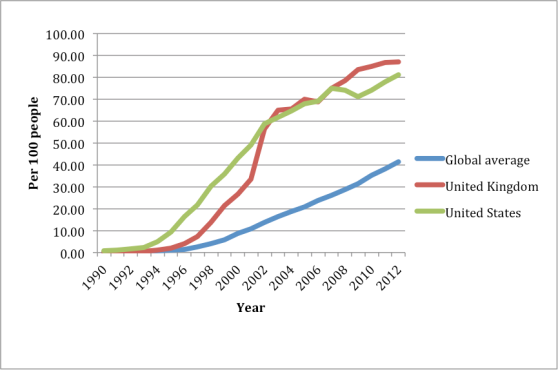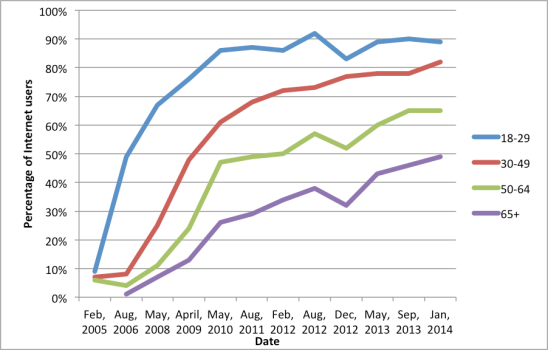There has been some notable independent horror video games that have done extremely well due to viral let’s play videos. If your not familiar with let’s plays they are people recording themselves playing a video game and normally with commentary to entertain the viewer. There are also examples of first impression videos such as the ones done by Jim Sterling both entertaining and useful information for the consumer.
There have been a number of independent horror games that have benefited greatly thanks to this new entertainment format. For example Amnesia: The Dark Descent did benefit from the let’s play videos made with people over reacting on webcam while playing the game. The game itself was generally good. It had good pacing and built tension well, but the story was rather weak (you play as a man with amnesia and have to find and kill a man) and the monsters became predictable. However, due to the fact you had to hide with no way to fight the game was an enjoyable horror experience.
Youtube was seen as one of a handful of reasons that Amnesia sold well with PC gamers. The developer blog 2 years after release reflected on the success of Amnesia with:
This success is due to many factors, some of which are the uniqueness of the game (horror games without combat do not really exist on PC), the large modding community (more on this later) and the steady flood of YouTube clips (which is in turn is fueled by the modding community output).
The viral success of the game allowed for a wider audience to become aware of the games existence with Youtubers that had large followers making videos. This included Youtubers such as Pewdiepie who at the time of writing has over 37 million people subscribed to his Youtube channel.
Warning: Turn down your volume. I personally cannot stand Pewdiepie, but he is a good example of the viral marketing power of Youtube. His videos consist of him screaming and shouting a lot. You have been warned.
This viral reach of Youtubers has meant that small independent developers which lack a budget for marketing their games can reach a wide range of potential customers if the game is a viral success. This is easier said than done.
A recent example is ‘Five Nights at Freddy’s’ which has developed an interesting online community and has had viral success is a series of video games by Scott Cawthon. There has been three games in the series so far with a 4th installment coming soon.

The game play is very simple, but works extremely well to build tension. You play as a security guard at ‘Freddy Fazbear’s Pizza’ working the night shift. During the night the child friendly animatronics characters walk around the restaurant and you have to close the doors to prevent them killing you. The game requires you to keep track of the animatronic via CCTV cameras, lights in your door ways, and powered doors. There is limited power so you cannot waste resources. The game increases tension as you expect a jump scare (game over) to happen soon.

Jump scare death.
The success of all the games has created an interesting online community surrounding it. It has gone far beyond simple Youtube videos with a range of fan arts and songs that have been made by fans.

Image found: http://img04.deviantart.net/6498/i/2014/357/6/4/five_nights_at_freddy_s_papercraft__by_zoiby-d8aw5i6.jpg
The viral success of ‘Five Nights at Freddy’s’ has meant its been a huge success for a game made by a single developer. Considering his earlier attempts to get games released on steam received a very critical reception including one aimed at children which was mocked for being extremely creepy. The jump scare focus has meant that it has been a successful at attracting a lot of attention from let’s players. It is the 8th most viewed game on Youtube.
I am interested to see how this series of games develop and how the community will develop in time. I doubt that other games will have the same success. Generally these games have an element of novelty. For example Amnesia was rather unique when it came out, but since then there has been a flood of similar horror games that have not benefited from the same success.
I also doubt that interest in this game series will last much longer. Sequels are being produced every few months and just over a year since the original game there will be a 4th installment. I expect people will lose interest in this jump scare game and something new will come along that becomes popular. However, it shows how beneficial viral attention can be to small low budget video games.
At the end of the day at least it produced an interesting online community along with some interesting art and music:
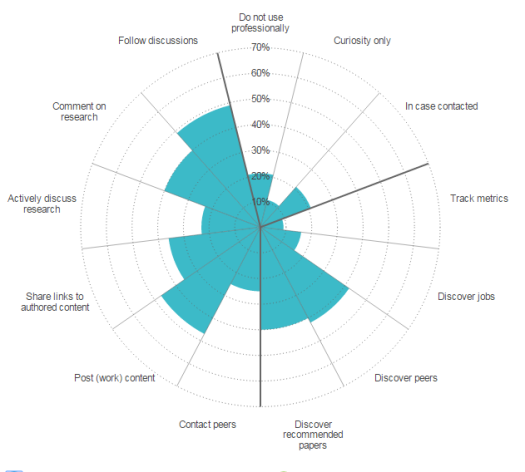


 The Internet is an interesting tool for researchers and there is some great benefits from embracing social media, but there are also risks. It is easy to presume how we use the Internet is how everyone else uses the Internet as the Internet is a very personalised experience. I believe there is risks with researchers getting sucked into social media too much and losing valuable time that would be better spent elsewhere, but there are also significant benefits particularly connecting with those also working in your field.
The Internet is an interesting tool for researchers and there is some great benefits from embracing social media, but there are also risks. It is easy to presume how we use the Internet is how everyone else uses the Internet as the Internet is a very personalised experience. I believe there is risks with researchers getting sucked into social media too much and losing valuable time that would be better spent elsewhere, but there are also significant benefits particularly connecting with those also working in your field.


